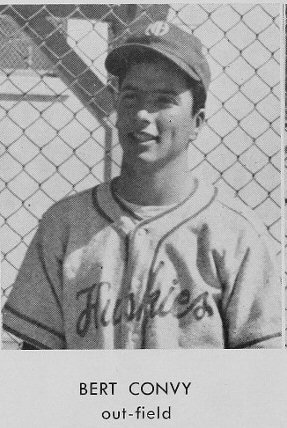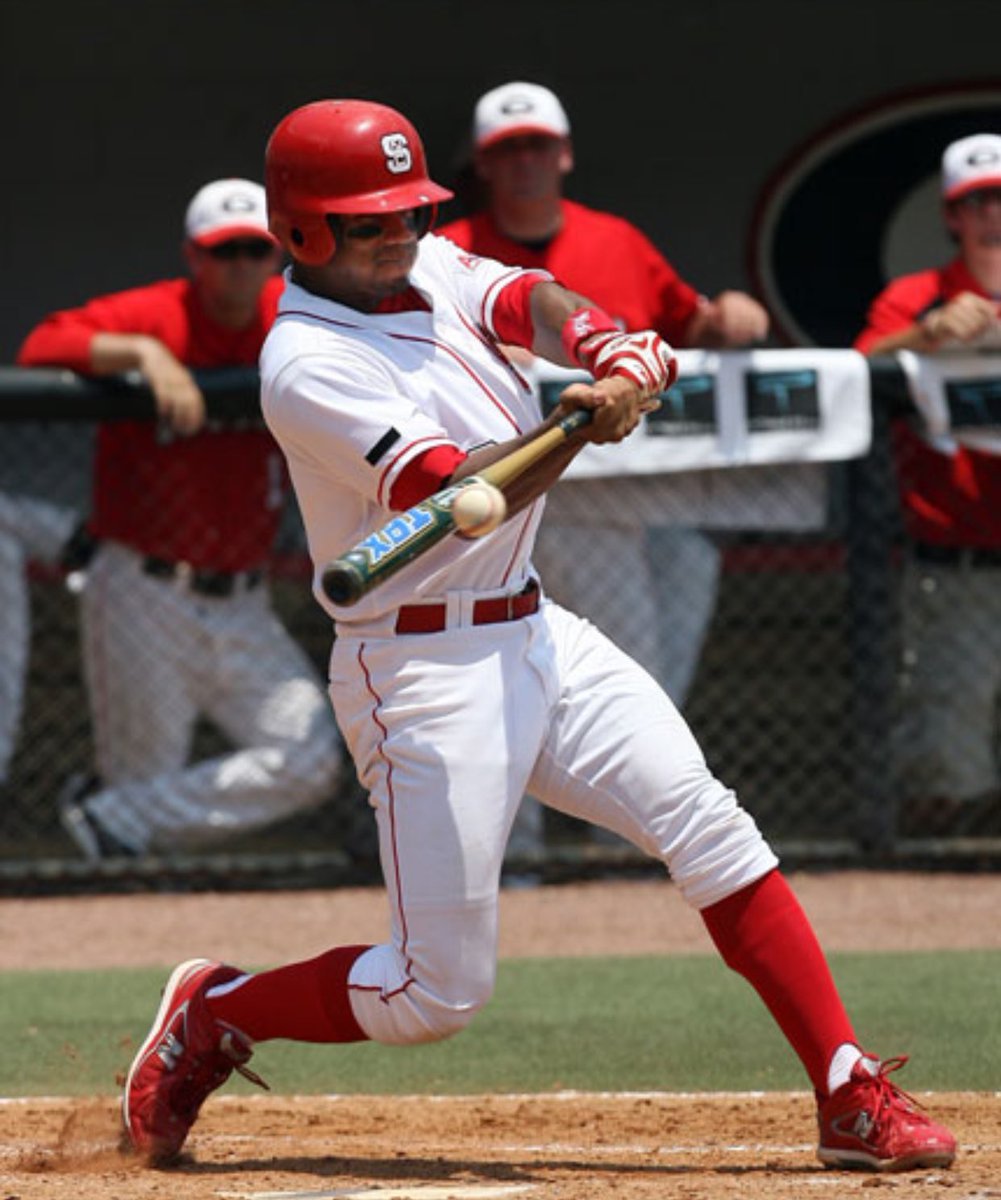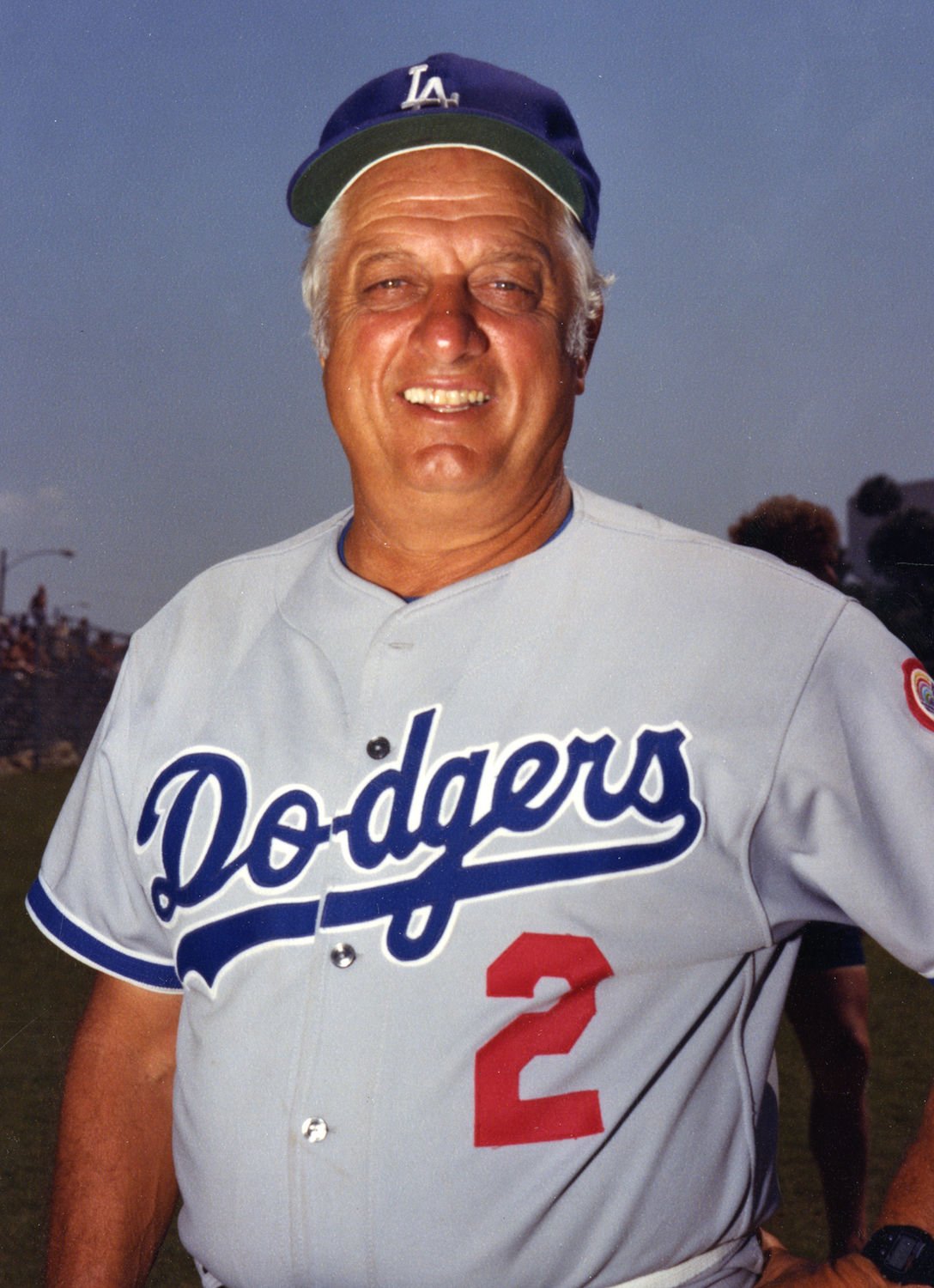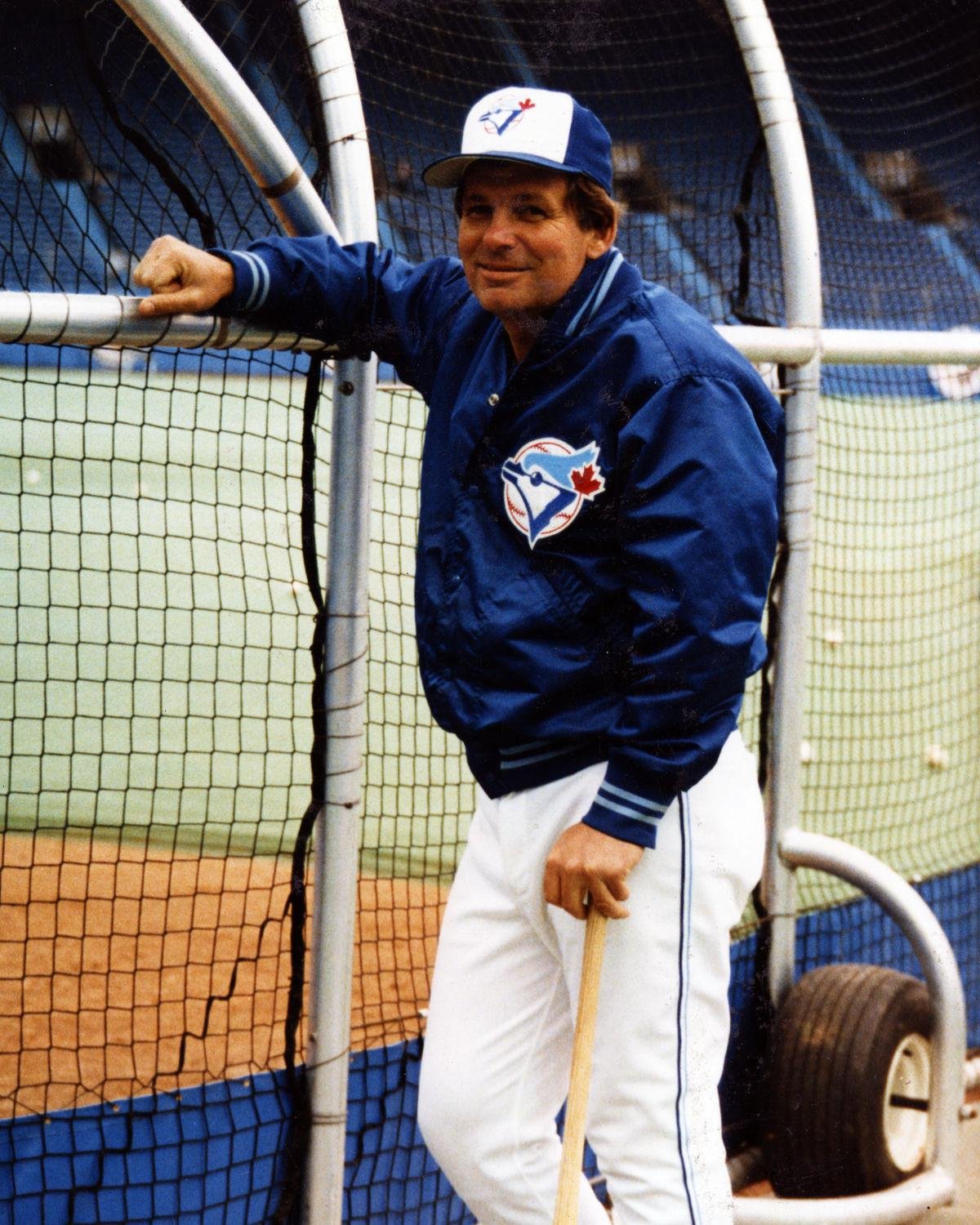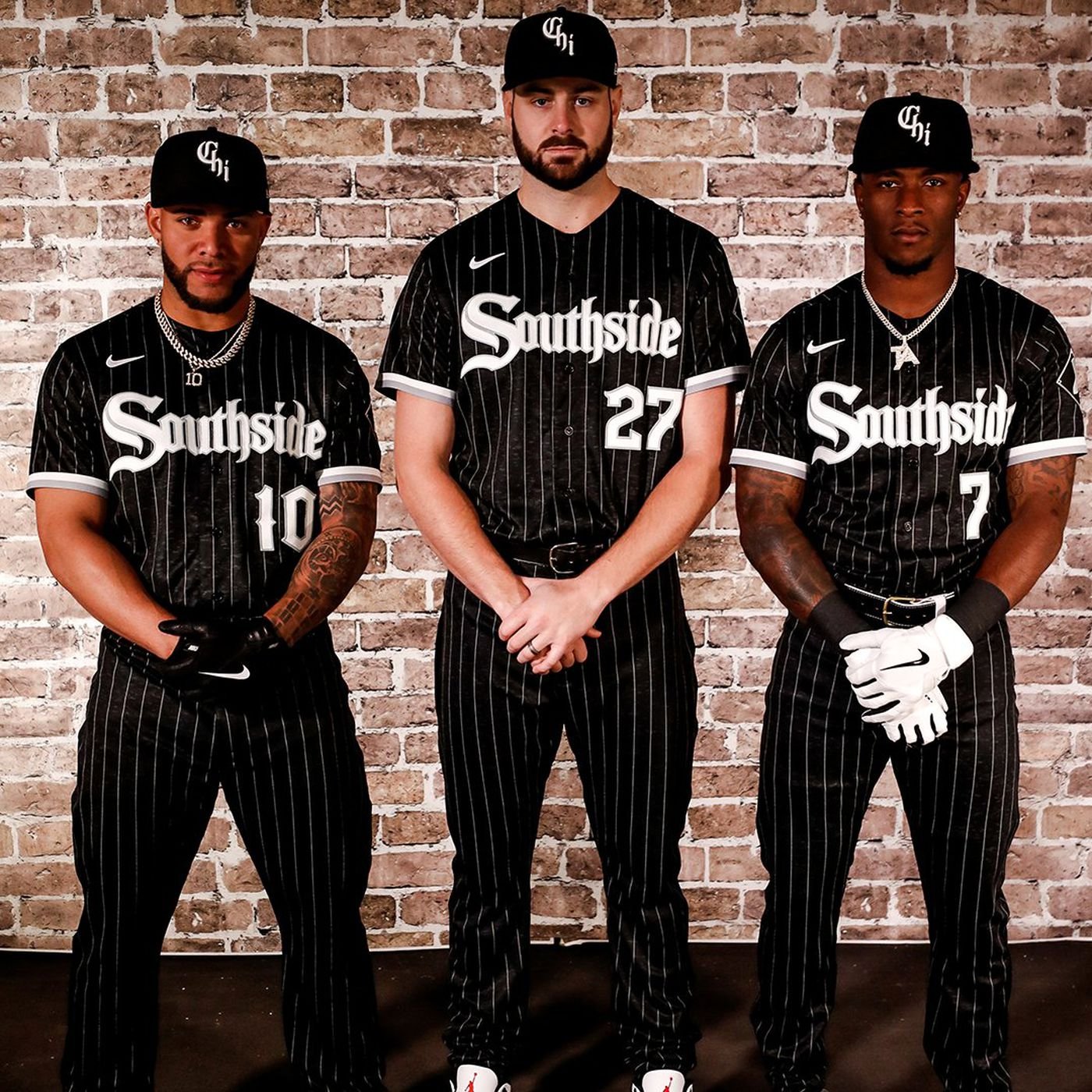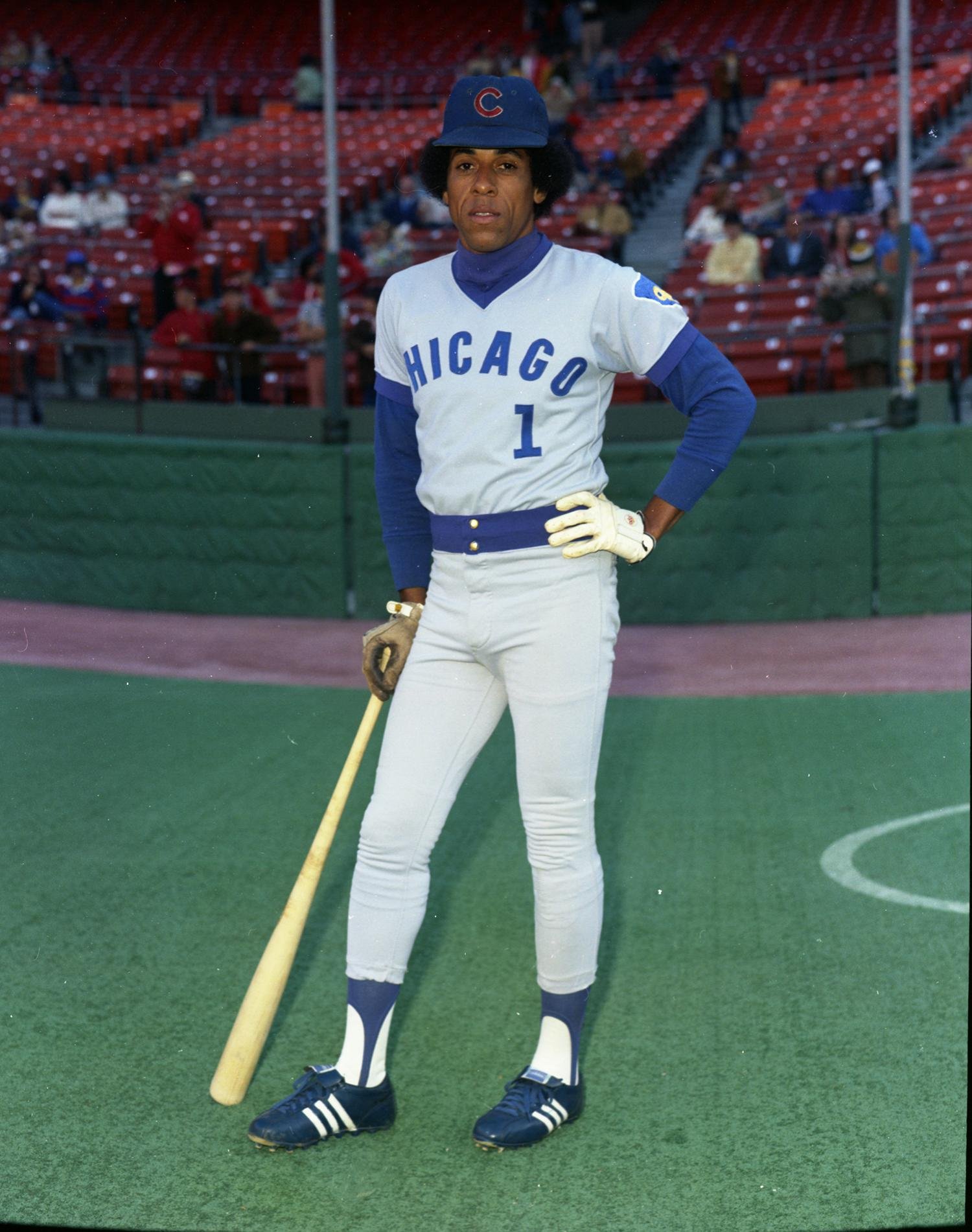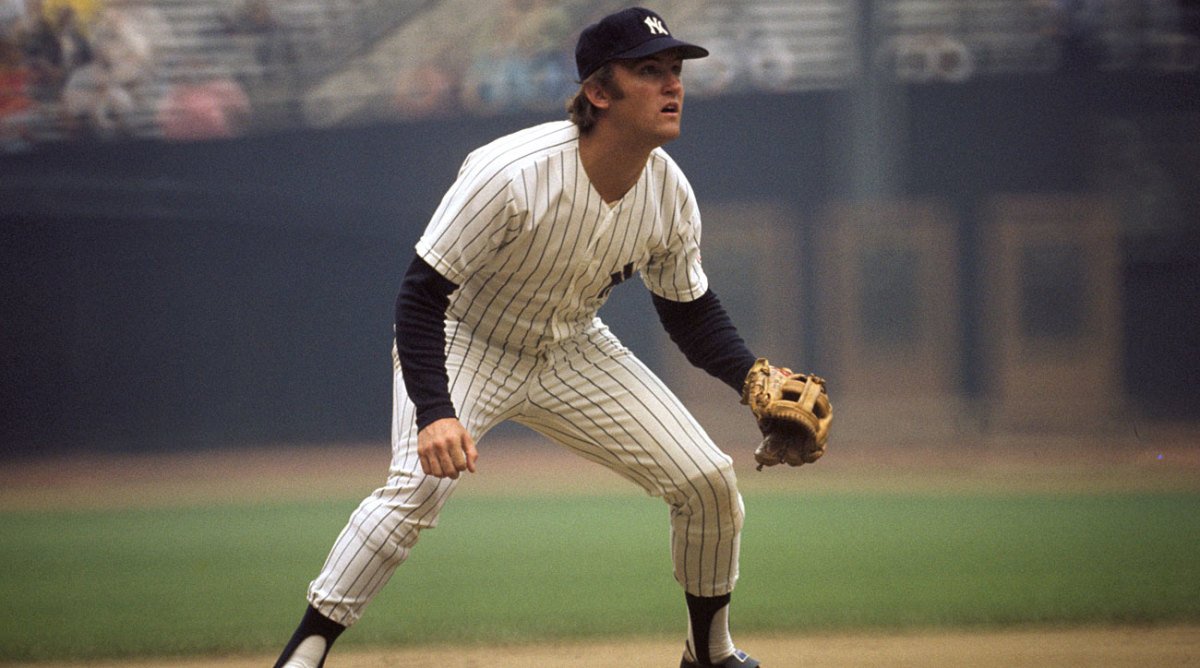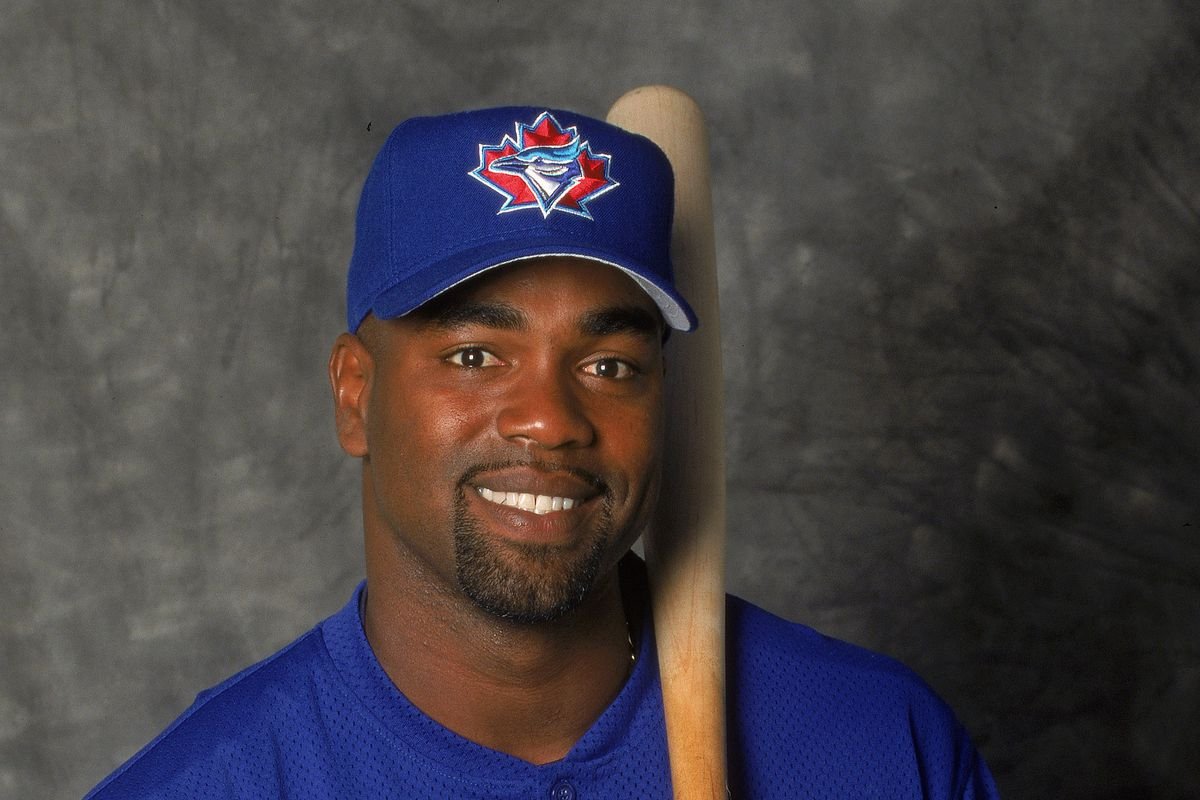Welcome another Humm Baby countdown and today we’re in the middle of October – MLB Playoff time – and what better time to talk about some of the craziest and most controversial moments in MLB Playoff history. Everything is amplified in October and players are more focused and determined than at any other point in the year. So, it’s no surprise that sometimes there will be wild and controversial plays that might involve a player going full bush league to help their team win by any means necessary, an umpire completely blowing a call or a fan getting a little too involved. This list is composed of individual postseason plays that were wildy controversial, not controversies that emobodied the entire playoff or World Series – just individual plays. So, without further ado, let’s talk about 15 of the most controversial playoff moments in MLB history.
15. Trea Turner Called Out
The Washington Nationals were facing elimination in Game 6 of the 2019 World Series, but had a one-run lead with a runner on 1st and Trea Turner at the plate. Turner hit a slow dribbler back to the mound, and hustled down the line to try to beat the throw. That’s when things went nuts.
The throw took Yuli Gurriel’s glove towards the baseline and Turner inadvertently knocked it and the ball away. He was called out for runner’s interference, much to the dismay of Nationals manager Dave Martinez, who wanted to protest the call, but because it was a judgment call, a protest was denied. Luckily for the Nats, Anthony Rendon homered later in the inning, but that didn’t stop Martinez from continuing to argue and cuss at the umpires until they finally threw him out of the game. The Nats ended up winning the game and World Series anyway, which is why this one comes in at the bottom.
14. Obstruction
Only one MLB postseason game has ever ended on an obstruction call and it happened in Game 3 of the 2013 World Series between the Cardinals and Red Sox. The series was tied at 1 game apiece and Game 3 was taking place at Busch Stadium. It was the bottom of the 9th inning and the winning run was just 90 feet away for St. Louis with 1 out. That’s when all hell broke loose.
Even though no Cardinals player ever touched home plate, third base umpire Jim Joyce determined that obstruction had taken place at third by third baseman Will Middlebrooks, who inadvertently impeded Allen Craig from running home as Craig tripped over the body of Middlebrooks as he took off from third towards home plate. Replay shows that by the rulebook, Jim Joyce was correct in this call, but that didn’t make the Red Sox feel any better about it. What did make them feel better about it was winning the World Series a few days later despite the loss Game 3 loss.
13. The “Phantom Tag”
The 1999 ALCS was extra intense as it was between the rival New York Yankees and Boston Red Sox. The Yankees were up 3-2 with one out in the 8th, but the Red Sox had Jose Offerman on first place and John Valentin at the plate. Valentin grounded the ball to Chuck Knoblauch, who reached out to tag Offerman then throw to first for the double play. Problem is, he never got close to actually touching Offerman.
Any potential Red Sox rally was eliminated by this terrible call by the second base umpire Tim Tschida and the Yankees went on to win the game, taking a commanding 3-1 lead in the series, which they won the following night. The Yankees went on to win the 1999 World Series against the Atlanta Braves.
12. Fan Interference Against Altuve
In top of the 1st inning of Game 4 of the 2018 ALCS, the Red Sox, who had a 2-1 lead in the series, jumped out to 2-0 lead over the Astros. But then, Jose Altuve stepped up to the plate with a runner on and crushed an opposite field shot over the right field wall. Mookie Betts tried to make the leaping catch, but couldn’t do it – possibly due to some fans also trying to make the catch. Joe West decided that they interfered with the play and called Altuve out.
This call became extremely controversial as the fans don’t appear to reach out into the field of play – rather Betts is reaching into the stands to try to make the play. Per the rulebook, if a player’s glove reaches over the fence and into the stands, provided the fans are not reaching out into the field of play, there is no interference. The fans are obviously eager to catch the baseball but they appear to be waiting for the ball to come to them and not reaching out, at least not into the field of play. Either way, the call by Joe West stood and the home run that was wasn’t. Altuve was called out and the Astros did not score in the inning. They ended up losing the game that night by 2 runs – the same amount of runs that would’ve scored on the Altuve drive. The Red Sox wrapped up the series the following night and went on to the win the World Series.
11. The Utley Slide
In the bottom of the 7th inning of Game 2 of the 2015 NLDS, the New York Mets had a 2-1 lead but the Dodgers were threatening with two men on including Chase Utley at first. Howie Kendrick hit what looked to be a potential double play ball when Chase Utley, coming in hot from first, had other ideas.
Utley took out Ruben Tejada with a slide you would only see in the playoffs these days, when desperation is at its maximum. Tejada sustained a broken leg in the play, which Mets fans saw as dirty and clear interference. Unfortunately for them, the umpires disagreed and the run that scored on the play counted, tying the game. The Dodgers went on to score 3 more runs and won the game 5-2. They ended up winning the series 3 games to 2.
10. The “Renfroe Assist”
It was Game 3 of the 2021 ALDS and the Rays and Red Sox were deadlocked in the 13th inning at Fenway Park. Yandy Diaz was at first base when Kevin Kiermaier crushed a ball that looked like it might go out. Instead, it went off the wall – for what should have been an easy RBI base hit giving the Rays the lead as Diaz was running on the pitch. Instead, the ball went off outfielder Hunter Renfroe and over the fence, making it a dead ball. But shouldn’t the run still score since the outfielder caused the ball to go over the wall? Let’s take a look at the play.
The umpires ruled that Diaz had to return to third base and Kiermaier was given an automatic double. After the internet did its research thanks in large part to Jeff Passan, it was determined that the umps got the call right since Renfroe never had possession of the ball and did not mean for it to go over the wall. The rules state that if the ball accidentally ricochets off an outfielder, the hitter and any runners on base are awarded just two bases. So, since Diaz was on first when the ball was hit, he can only advance as far as third base. Rays fans were irate and Kiermaier called the play a “backbreaker.” The Red Sox went on to win the game in the bottom of the 13th on a Christian Vasquez walk-off homer, taking a 2-1 lead in the series. They won Game 4 as well to advance to the ALCS.
9. The 2012 Infield Fly Rule
During the win-or-go-home 2012 Wild Card Game, the Cardinals were up 6-3 but the Braves were fighting back. With one out in the 8th, the tying run, Andrelton Simmons, stepped up for Atlanta and hit a pop up to short left that fell in for a hit just short of left-fielder Matt Holliday – that is, until the umpire decided inexplicably to call Andrelton out due to the “infield fly rule.”
The Braves and their fans flipped out and the game was delayed 19 minutes as arguments ensued and trash was thrown on the field. The infield fly rule should only be called on a pop up that an infielder can reasonably and routinely catch so that said infielder won’t let the ball drop, allowing an easy double play since the runners had to hold up. This did not look like such a play – but umpire Sam Holbrook, who is no stranger to controversy – made the infield fly rule call and the Braves failed to score in the inning. St. Louis won the game 6-3 and the Braves went home.
8. Ball-In-The-Hand
For this one, we go back over 50 years to the 1970 World Series. It was Game 1 between the Reds and Orioles. The game was tied at 3 in the top of the 7th with the Reds threatening. Bernie Carbo was at third base and Ty Cline hit a weak chopper in front of the plate. Carbo broke for the plate.
Orioles catcher Elrod Hendricks definitely tagged Carbo with his glove before he touched home. The problem was he was holding the baseball in his other hand, not with the hand he tagged him with. Per the rulebook, that should not be an out, but umpire Ken Burkhart made the safe call. MLB replay would not exist for another 40 years or so – so there was nothing the Reds could do. That run was the game winner for the Orioles and and they went on to win the series, becoming 1970 champs.
7. Pierzynski Reaches First
Coming up next is a horrific umpire blunder during Game 2 of the 2005 ALCS. The White Sox and Angels were tied in the 9th inning in Chicago when A.J. Pierzynski swung and missed at strike 3 to end to the inning. Replay shows that the catcher made a clean albeit low catch to secure the strikeout, but after A.J. started to walk towards the dugout, he suddenly took off for first base as the Angles jogged off the field.
Incredibly, home-plate umpire Doug Eddings declared Pierzynski safe at first. Pablo Ozuna pinch ran and stole second then was driven in by Joe Crede to give the White Sox a walk-off win, tying the series. The Angels never recovered and went on to lose the next three games in Anaheim. The White Sox went all the way, winning the 2005 World Series.
6. The Hip-Check
The Dodgers were looking good in the 1978 World Series with a 2-1 lead in the series and 3-1 lead in Game 4. The Yankees were threatening, however, with 2 men on and Lou Piniella at the plate. He hit what looked to be a double-play ball to Bill Russell at shortstop. The out was recorded at second, but before the ball could get to first, Reggie Jackson’s hip got in the way.
Arguments continue to this day over whether or not Jackson intentionally deflected the ball, but the ruling at the time was that it was accidental and the Yankees rally was allowed to continue and Munson scored on the play, making it 3-1. They went on to tie the game then win it in extra innings. The Yankees kept the momentum going with a 12-2 win in Game 5 and a 7-2 win in Game 6 to take the Series.
5. A-Rod’s Glove Swat
It was Game 6 of the 2004 American League Championship Series with the Red Sox needing a win to force a Game 7. They had a 4-2 lead in the 8th with one out and Derek Jeter on first base. Up stepped Alex Rodriguez with a chance to tie the game. Instead, here’s what happened.
A-Rod appeared to actually swat the ball right out of pitcher Bronson Arroyo’s glove. This doesn’t feel fair at all, but is it actually against the rules? Well, per section 6.,1 of the MLB Umpire Manual, “While contact may occur between a fielder and runner during a tag attempts, a runner is not allowed to use his hands or arms to commit an obviously malicious or unsportsmanlike act.”
After Red Sox manager Terry Francona argued the call, the 6 umpires got together and changed the call from safe to out. The Yankee fans flipped out and began to throw trash on to the field, but most agree the call turned out correct as replay shows A-Rod intentionally slapping Arroyo’s hand to free the ball. The Red Sox went on to win the game, the series and then the World Series.
It wasn’t the only bush league moment of A-Rod’s career – in 2007 in a game against the Blue Jays, he yelled “I Got It” as a baserunner to cause a pop up to fall. Needless to say the Jays were not amused.
4. Hrbek Takes Down Gant
It was Game 2 of one of the greatest World Series in the history of the Game as the Twins and Braves, two last place teams from 1990 went toe to toe in the 1991 Fall Classic. The Twins were up 2-1 in the 3rd when Ron Gant picked up a two-out base hit, sending Lonnie Smith to third. After Gant rounded first and the ball briefly got away, pitcher Kevin Tapani tried to throw him out as he retreated back to first base. Gant was back in time until first baseman Kent Hrbek decided to remove him from the base and tag him out.
Power-hitter Dave Justice would’ve been up with two men on but instead, the inning was over as the umpire ruled Gant out, saying his momentum pulled him off the bag.
The Braves ended up losing the game in 3-2 and the Twins eventually won the 1991 World Series in 7 games, still their most recent World Series Championship although they’re in a battle right now with the Astros in the ALDS.
3. The Maier Play
It was the bottom of the 8th inning of Game 1 of the 1996 ALCS and the Orioles were looking to take a 1-0 lead in the series, leading 4-3 in the bottom of the 8th. That’s when Derek Jeter hit a deep fly ball to right-field. Tony Tarasco was squaring up to make the catch on the warning track when the unbelievable happened.
A 12-year old kid named Jeffrey Maier stuck his glove over the wall to catch the ball and take it right out of Tarasco’s glove. Tarasco immediately argued the play, but it was called a home run and this occurred before instant replay so nothing could be done about it. The right-field umpire Rich Garcia had a great view but somehow completely missed this play and the Yankees ended up winning the game on a home run by Bernie Williams. They went on to win the A.L Championship and 1996 World Series. The Orioles tried to protest to call after the game but were denied as it was considered a “judgement call.”
2. Dekinger Blows the Call
It was 1-0 Cardinals in the 9th inning of Game 6 of the ‘85 World Series. The Royals had Jorge Orta at the plate trying to reach base and get something going. He succeeded with a slow groundball, although after checking out the replay, he should not have.
Don Dekinger, an excellent MLB umpire for nearly 30 years, blew the call and Orta was determined safe even though Todd Worrell clearly beat him to the bag. The Cardinals were unable to move past the mistake and get out of the inning. The Royals rallied to score twice, winning 2-1 and then crushed the Cardinals in Game 7 11-0 with Dekinger calling balls and strikes. The Cardinals were obsessed all night with the strike zone and the manager Whitey Herzog and pitcher Joaquin Andujar were ejected. The momentum in the Series clearly shifted after the blown call and the Royals won it all in ‘85.
1. The Bartman Incident
No list of postseason controversies would be complete without the Bartman incident. This play goes back to October 14th, 2003 during a critical Game 6 of the NLCS between the Cubs and Marlins. The Cubs were up 3-0 in the 8th with a 3-2 lead in the series when Luis Castillo of the Marlins hit a high pop-up towards the stands down the left field line. Mosies Alou thought he might have a play.
Because Alou dived into the stands, no fan interference was called, but Alou made sure to throw a temper tantrum in front of the massive crowd of 39,577 fans to make sure every one knew he thought he could’ve caught it if not for a fan trying to make the play – just like every fan in the vicinity was trying to make the play. His reaction, in my opinion, set the stage for the immediate meltdown of the Chicago Cubs. Pitcher Mark Prior threw a wild pitch, shortstop Alex Gonzalez booted a potential double play ground ball, and the Marlins bats woke up as the Cubs allowed 8 runs to score.
Cubs fans at first were a bit patient with Bartman who meant no harm as they had a 3-0 lead, but once the game got away, they turned on Bartman, who had to be escorted out of the stadium for his safety. He needed police protection at his home after his name and information was published online. No one was rooting harder for the Cubs in Game 7 than Bartman, but unfortunately they couldn’t win it for him. The Marlins won the game and went on to win the World Series.


